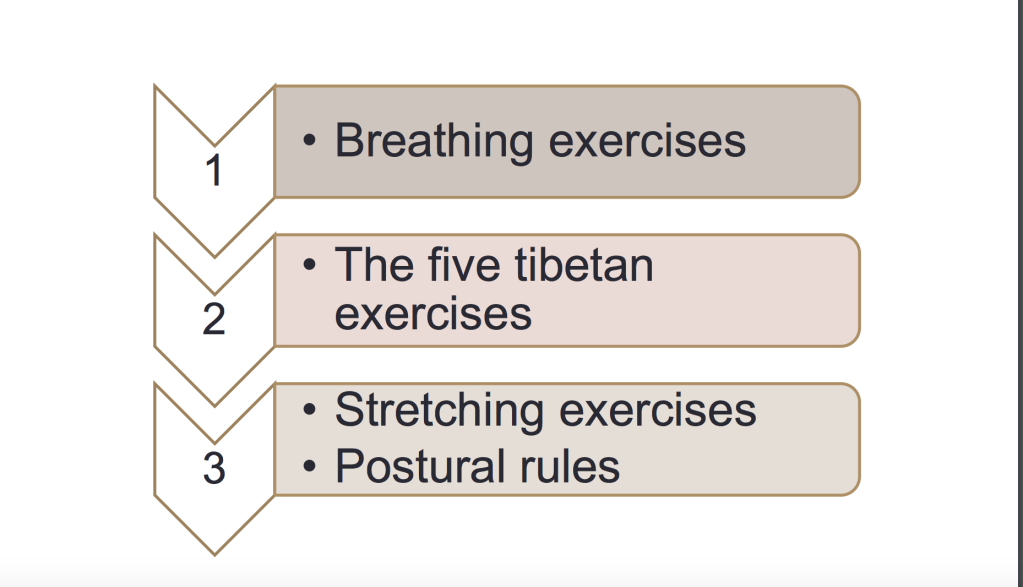
the Iron jaw in circus
Eating is a simple pleasure of life and a necessity. Biting into a biscuit could require a tremendous effort when the movements of the jaw become out of control. The automatic movements of the jaw and the tongue, which allow us to eat or speak, can be disrupted by involuntary jaw spasms.
What are the causes of jaw spasms?
1-Idiopathic jaw dystonia is the most common cause of jaw spasms. The onset is between the age of 50 to 60 and it is more frequent in women. Dental works can trigger it. It’s called idiopathic dystonia as no underlying disease can be found. A genetic mutation has been identified in familial form of jaw dystonia ( DYT6).
2-Tardive jaw dystonia can follow a treatment with drugs used for the treatment of psychosis, called neuroleptics.
3- Hereditary disease affecting the brain is often the cause of jaw spasms occuring in young people, under the age of 20.
4- Hemi-masticatory spasms is usually a consequence of radiotherapy of the jaw area for cancer of the ENT sphere. In that case, the spasm is painful and affecting one side of the jaw with sudden, unexpected painful clenching of the jaw.
Are there different types of jaw dystonia?
1-The jaw spasms can be closing spasms with sudden clenching, responsible of tongue biting, teeth breaking and limitation to open the mouth wide
2-The jaw spasms can be opening spasms, responsible of difficulties to keep the mouth closed and to keep the food into the mouth. Often the tongue is involved and has a tendency to poke out the mouth.
3- The jaw spasms can also move involuntary the jaw side to side, or on one side only, or forward (protrusion) or backward (retrusion)
The movement involved in eating and speaking are incredibly complex and the dystonic spasms can be a combination of opening, deviation to one side and going backward or forward.
What are the characteristics of jaw dystonia?
The jaw spasm occurs in any attempts of eating and/or speaking, therefore the diagnosis requires looking at the patient performing these tasks. The doctors should have a box of biscuit available to examine their patients with dystonia!
The spasm are relieved by some tricks like keeping a sweet in the mouth or a chewing gum, sucking a matches or the temples of their spectacles.
How to treat jaw dystonia?
The most efficient treatment is the Botox injections of the masticatory muscles.
-The muscles, which close the jaw, are the masseters, the temporalis and the median pterygoid muscles

Masseters, closing jaw muscles

Temporalis, closing jaw muscles
Figure adapted from Travell and Simons’
-The muscles, which open the mouth, are the lateral pterygoid and the mouth floor muscles.

Mouth floor muscles ( opening jaw muscles), also called supra-hyoid muscles
Figure adapted from Travell and Simons’

Median ( closing jaw muscles) and lateral pterygoid (opening jaw muscles)
Figure adapted from Travell and Simons’
‘Some of these muscles are superficial and easy to inject ( masseters, temporalis,mouth floor muscles), some are deeper (median an lateral pterygoid muscles) and requires to be injected with electromyography guidance.
The difficult part is to analyse the abnormal movements and understand which muscles are involved in the dystonia. It can take many injections sessions, to get the spasms under control. The 2 limiting factors are the swallowing difficulties, due to the spread of the Botox , in particular when the tongue muscles have to be injected. Starting with small doses and increasing gradually the dosages is advisable.
The human masticatory muscles are very strong, in particular the muscles which closed the mouth; just think of the acrobats in a circus who get suspended by biting a mouthpiece. But at least injecting jaw muscles in human is possible if we compared them to the jaw clamping muscles of the crocodiles, which are extremely strong, and as hard as bone.

Strong closing jaw muscles of the crocodiles
Dr Marie-Helene Marion is a specialist in Botox treatment for jaw spasms, and in particular for jaw and tongue dystonia.
















You must be logged in to post a comment.